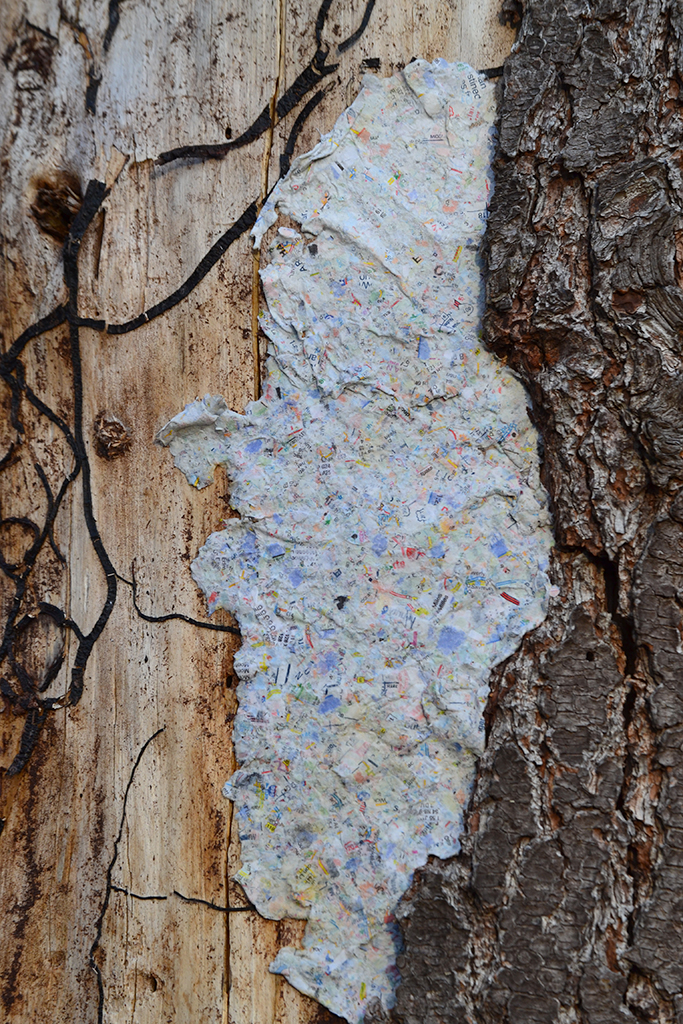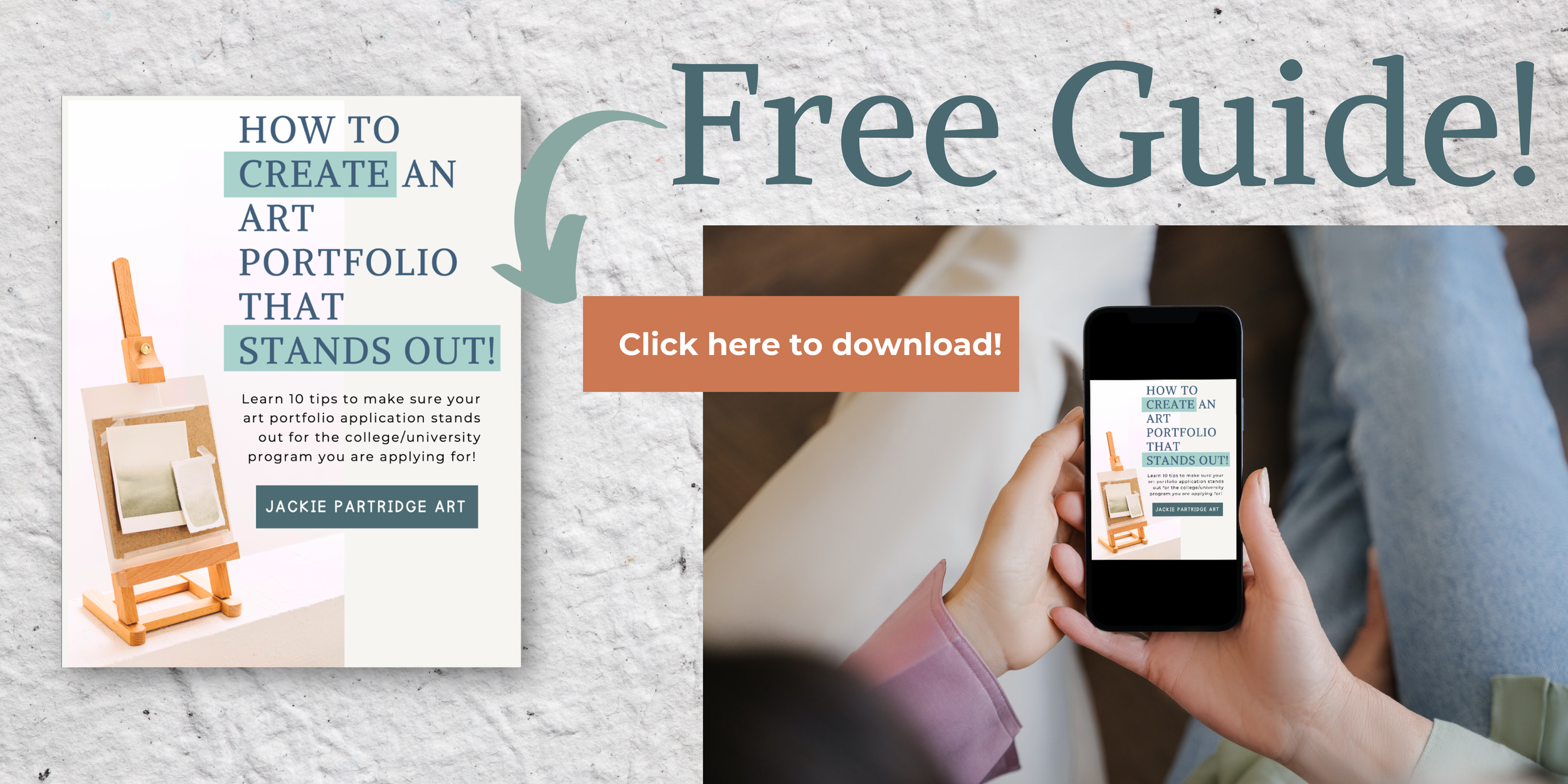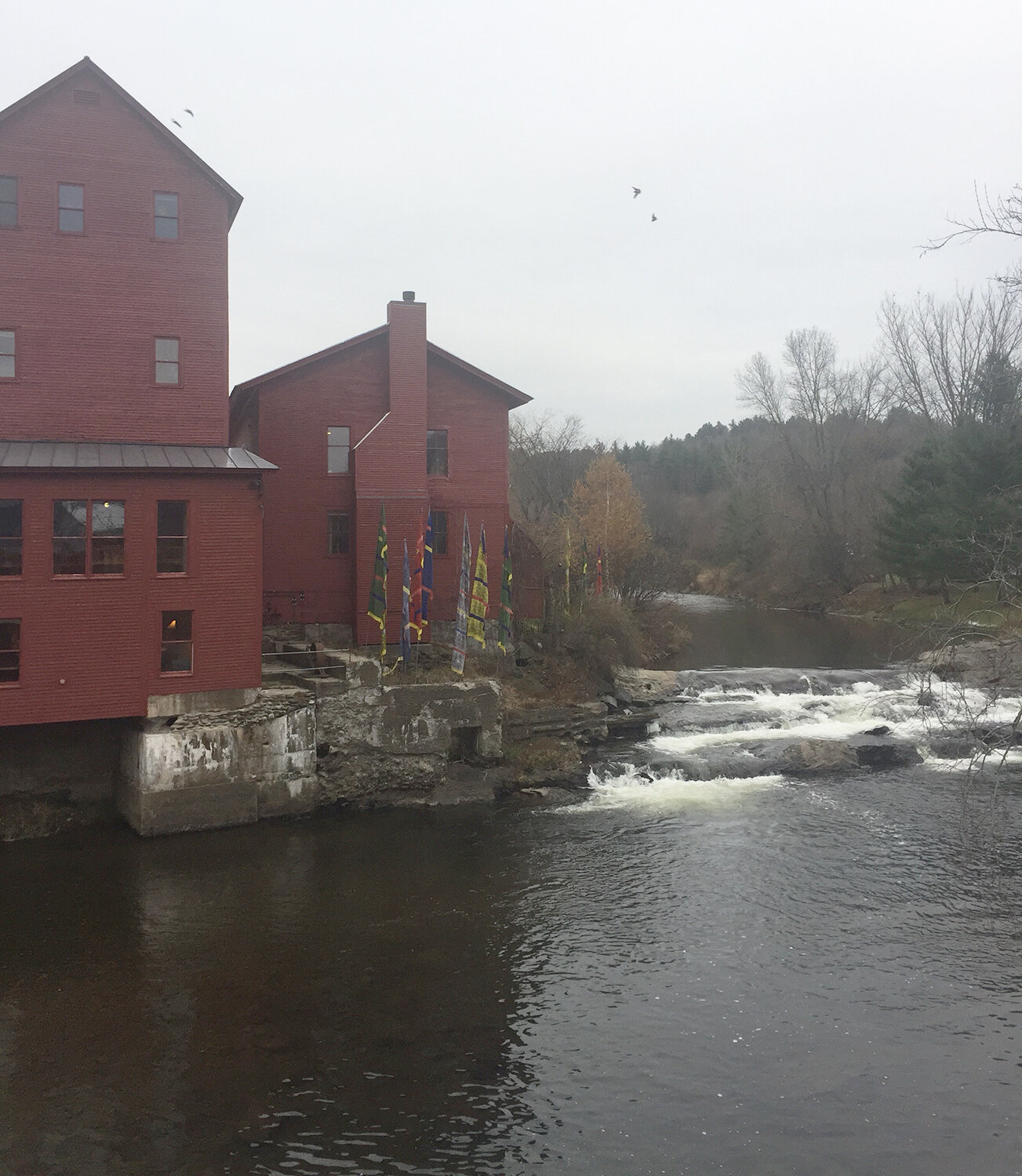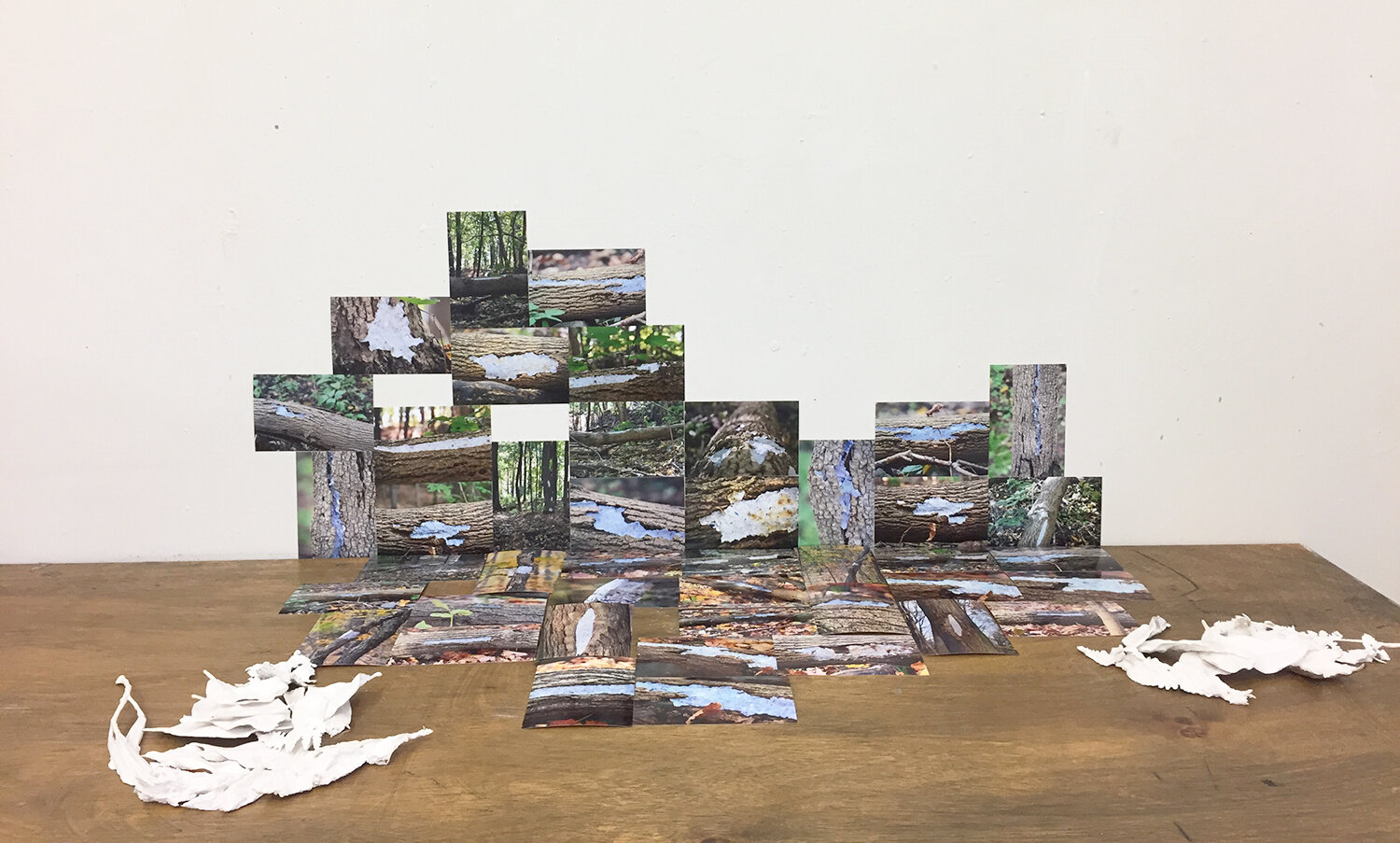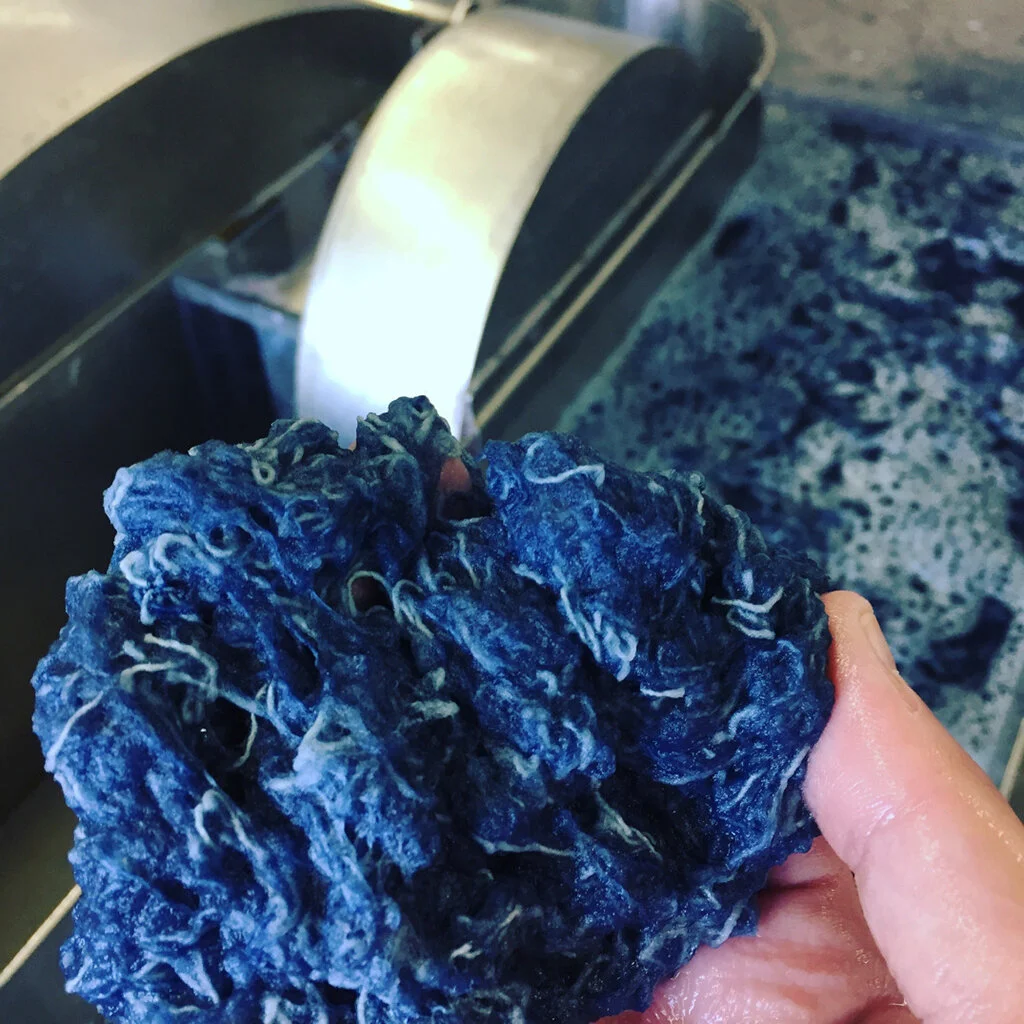Learn how to use a sketchbook and the various purposes of a sketchbook in this post. There are many ways to use a sketchbook and I want to share how I use a sketchbook as an artist. To learn how to use a sketchbook, keep reading!
How to Use a Sketchbook
There are a number of ways to use a sketchbook. A sketchbook can hold many different purposes for an artist. Here are some of the ways a sketchbook can be used below!
As a Journal
You can use a sketchbook as a journal by recording ideas, notes, thoughts, plans etc. This is often how I use a sketchbook in my art practice so that I don’t forget ideas.
As a Logbook
You can record dates and times you worked on a project to keep track of the hours you worked. You can treat your sketchbook as a scientist and record findings of what worked, what didn’t work and what you want to try next time. For example, you can keep track of colours of paint and ratios you used to mix a specific colour of paint for a painting. You could also record how long something took to dry or about an installation that didn’t go well and what you might do differently next time.
As a Place to Brainstorm
You can use your sketchbook as a place to brainstorm ideas by making lists or mind maps to come up with ideas of what to create, what materials to use or what the title of an artwork should be. I often use my sketchbook in this way.
As a Place to Plan
I will also use my sketchbook to create small thumbnail rough sketches of ideas for a final piece or how a project might be displayed. Often I will plan out a couple of ideas to see what I prefer in case something doesn’t turn out as planned.
As a Place to Experiment
You can use the pages of your sketchbook as a place to experiment and test out new ideas, materials or techniques. You could even label or record your different tests, so you remember what you did in the future.
As a Place to Practice
You can use it to practice drawing, composition, ideas, installation plans etc.
A Place for Sketching/Drawing
You can use it to practice sketching or drawing by drawing daily. You can carry your sketchbook with you in a bag to sketch what you see while you are waiting in a doctor’s office or waiting for the bus. You can draw what you see outside when you stop in the park during a walk. Or you can follow drawing prompts to help keep yourself inspired while practicing your drawing.
A Place for Painting or Mixed Media
Just like how you practice drawing or sketching you can practice painting or mixed media. There are sketchbooks you can buy specifically for painting or mixed media that have thicker paper and are able to hold paint or liquids without warping or wrecking the paper.
As a Place for Research
You can record research, notes, inspiration, artists and artwork you admire etc. If your artwork is on a specific theme you might want to research that topic to inspire other ideas or to plan the title of the artwork.
These are some of the ways to use a sketchbook. As you can see you might choose multiple ways for how to use a sketchbook. There is no right or wrong way, you get to decide!
Ways to Use Your Sketchbook More
To keep you inspired and use your sketchbook more, try to keep it in a place where you can see it daily or have multiple sketchbooks like one by your bed, one in the studio and one in your bag.
You can also try my drawing prompts to keep you inspired and to practice your drawing skills. Click here to check them out!
Related Articles:
How to Use Layers in a Sketchbook














